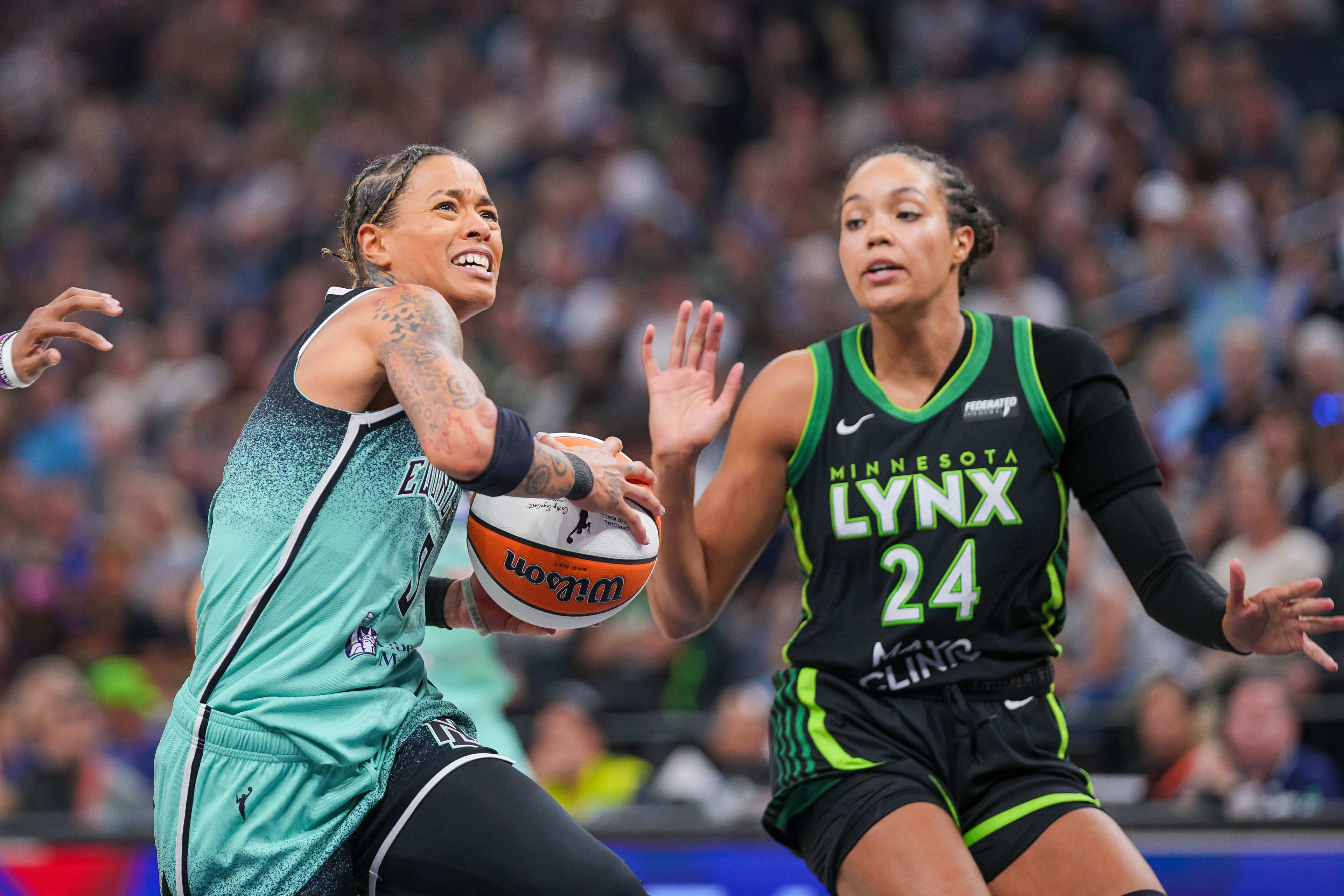
For many H1B lottery winners, the excitement of success has been replaced with anxiety after their visa applications hit a sudden pause. The reason: a Section 221(g) refusal, which has sent petitions back to USCIS for fresh review.
This situation leaves applicants in limbo. It isn’t a final rejection, but it’s also not an approval. USCIS must now re-examine the petition before deciding whether to reaffirm it or deny it. The extra scrutiny often involves verifying job roles, employer details, or other eligibility criteria.
Also Read – F1 Nightmare: Is it Worth it After 3 Rejections?
Immigration attorneys note that such reviews are fairly common, though nerve-wracking. A Section 221(g) refusal usually indicates that consular officers want USCIS to confirm details in the petition. While this may sound alarming, it doesn’t necessarily spell the end of the application.
For candidates preparing for stamping or planning their travel, the delay can be frustrating. USCIS reviews may take weeks—or even months—leaving job offers and relocation plans hanging in uncertainty. Unfortunately, reaching out to the consulate won’t speed up the process, as the case is back in USCIS’s hands.
Also Read – After 12 Yrs in America, Will USCIS Force Her Back?
Experts advise applicants to stay in close touch with their employers and attorneys and keep all relevant documents ready, including approval notices, petition copies, and employment verification letters. Having a well-prepared paper trail can make the process smoother once USCIS completes its review.
For thousands of Indian professionals relying on H1B allthis waiting game adds yet another layer of stress to an already complex journey. Still, history shows that many petitions do get reaffirmed and cleared after review.
Also Read – F-1 Chaos: June Visas Ignored, July Approved Fast
While Section 221(g) delays are tough, they may simply be a temporary hurdle before finally securing that long-awaited visa stamp.







